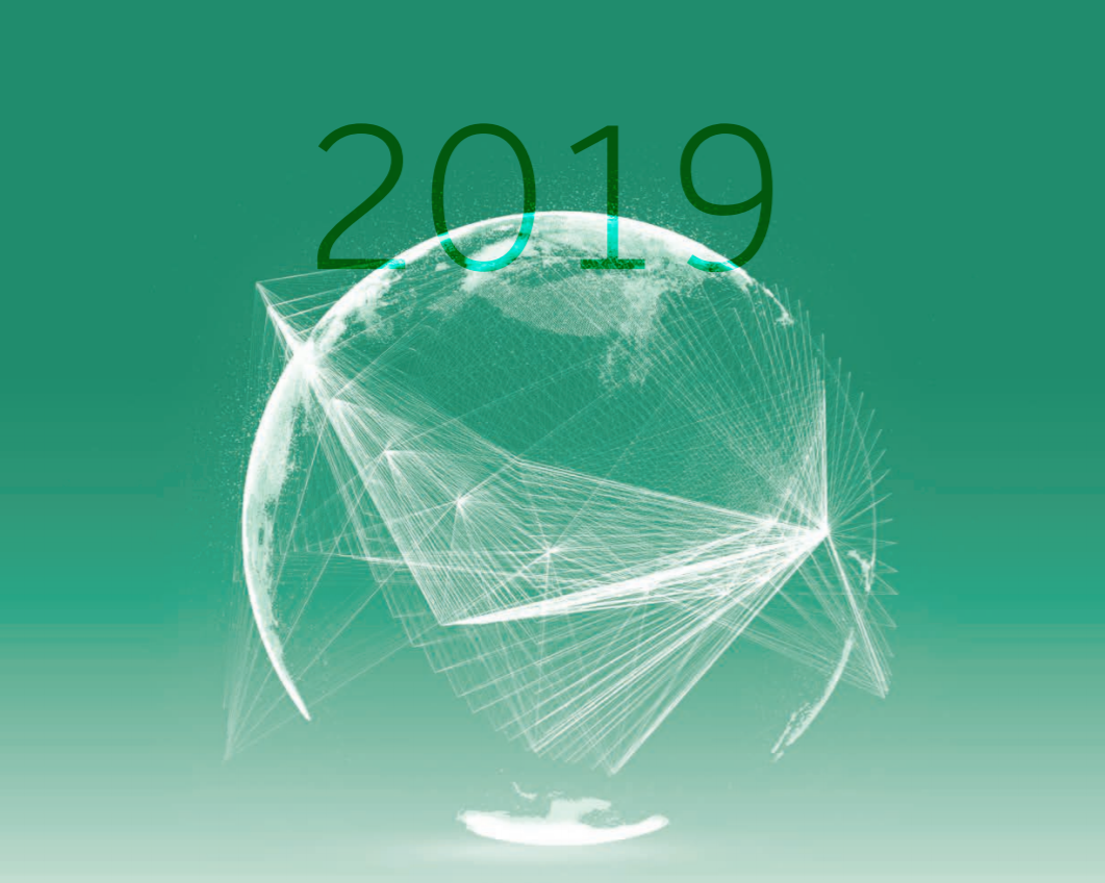
Research Tax Credit – MESRI 2019 guide version
Early December, the Ministry of Education, Research and Innovation (MESRI) published its 2019 edition of the Research Tax Credit Guide…
For 40 years, technological innovations have been flooding the market. Each decade has served as a springboard for building the ultra-connected world in which we live. As a result, many start-ups, now renowned, have been able to take advantage of the Research Tax Credit or the Innovation Tax Credit to launch themselves into the race for innovation. Flash-back on a high-tech epic that has revolutionized our daily lives.
The revolution has begun
In 1980, the PC invaded our daily life under the impulse of the Macintosh. With the release of the Mac, Apple built a strategy based on a highly effective innovation management to create high-end markets around unique terminals and services. The Apple brand still has many exclusive products such as the Ipod and Iphone, with around 2,000 patents registered each year.
In order to continue to propel innovative sectors and to encourage companies to develop their R&D and remain competitive, the Research Tax Credit was created in 1983. It allows companies to reduce their tax burden by incurring R&D expenses (personnel expenses, subcontracting, patent costs, etc.). Thus, the ICT sector is booming.
Launched in August 1995, Microsoft’s Windows 95 operating system will mark a new turning point in the history of computer innovations. Only two years after its release, 7 out of 10 computers in the world are equipped with this interface. Today, it has ended up completely invading the world’s computer stock.
The rise of the World Wide Web
The “world wide web” really took off towards the end of the 90s. The web is in its infancy, but already it is on fire. Yahoo! and Amazon became world-famous brands, many start-ups were created, including one named Google. It will benefit, to develop, from the Research Tax Credit which represents today more than 6 billion euros per year.
In the 2000s, smartphones emerge with the first iPhone. The IT sector and the web definitively changed that day. The era of the unlimited begins and the evolution of means of communication such as 2G, 3G, then 4G is at its peak. The battle of innovations rages on with multiple versions: iPhone 2, 3, 4, etc… New players are emerging in order to enter a race where the market in 2010 is already estimated at almost 3 billion euros.
In 2010, the social decade is coming to an end. Smartphones are becoming multi-generational. Everywhere, all the time and with anyone, users are connecting longer and longer and forging links with the whole world. Platforms are being created and Facebook will pass the one billion user mark in 2012. Its creator, Mark Zuckerberg, receives the Innovation Award for creating the most important means of communication over a generation.
In 2013, the Innovation Tax Credit, a support scheme for innovative companies, is introduced to complement the Research Tax Credit. Its aim is to support SMEs that incur specific expenses to innovate. Determinant in the ICT sector, R&D&I activities benefit from this tax dynamic to face an increasingly complex race for performance, digital technologies to be developed ever faster and the revolution of new uses.
The age of ultra-connectivity
In 2020, we enter the era of ultra-connectivity with innovations such as artificial intelligence (IA), augmented reality (AR) or connected objects (IoT). Today, data is flooding the markets, with more than 4 billion connected Internet users looking for new experiences. Big Data is at its peak: the world produces in two days as much data as it did in the entire 20th century. So for companies, data storage and security have become real challenges for R&D activities. The Cloud and Cybersecurity have become major challenges.
Data transfer will accelerate further with the launch of 5G planned in France for the end of the year. This technology offers better distributed, more efficient, smarter and more flexible connectivity. Today, for example, you can download a 4Gb HD movie in about 13 minutes, tomorrow you’ll be doing the same thing in 3 times less time. The increase in speeds and the extreme responsiveness of this network will enable operators to offer their customers totally innovative and revolutionary services.
In the search for ever greater speed, conventional computing is coming up against its limits. Marking the next major technological breakthrough of the decade, quantum computing promises to transform uses by optimizing the computing power of machines.
Innovation and Research in the Information and Communication Technologies sector is an undeniable lever for growth and value creation. Indeed, this sector has almost doubled in 15 years and today weighs almost 5 billion euros.
With Aginov, turn Innovation into a vector of performance.
Discover other articles about innovation
Early December, the Ministry of Education, Research and Innovation (MESRI) published its 2019 edition of the Research Tax Credit Guide…
A few days after the publication by the Ministry of Education, Research and Innovation (MESRI) of the 2019 edition of…
The CES (Consumer Electronics Show) is the world’s most important high-tech trade fair, serving as a springboard for future innovations.…

